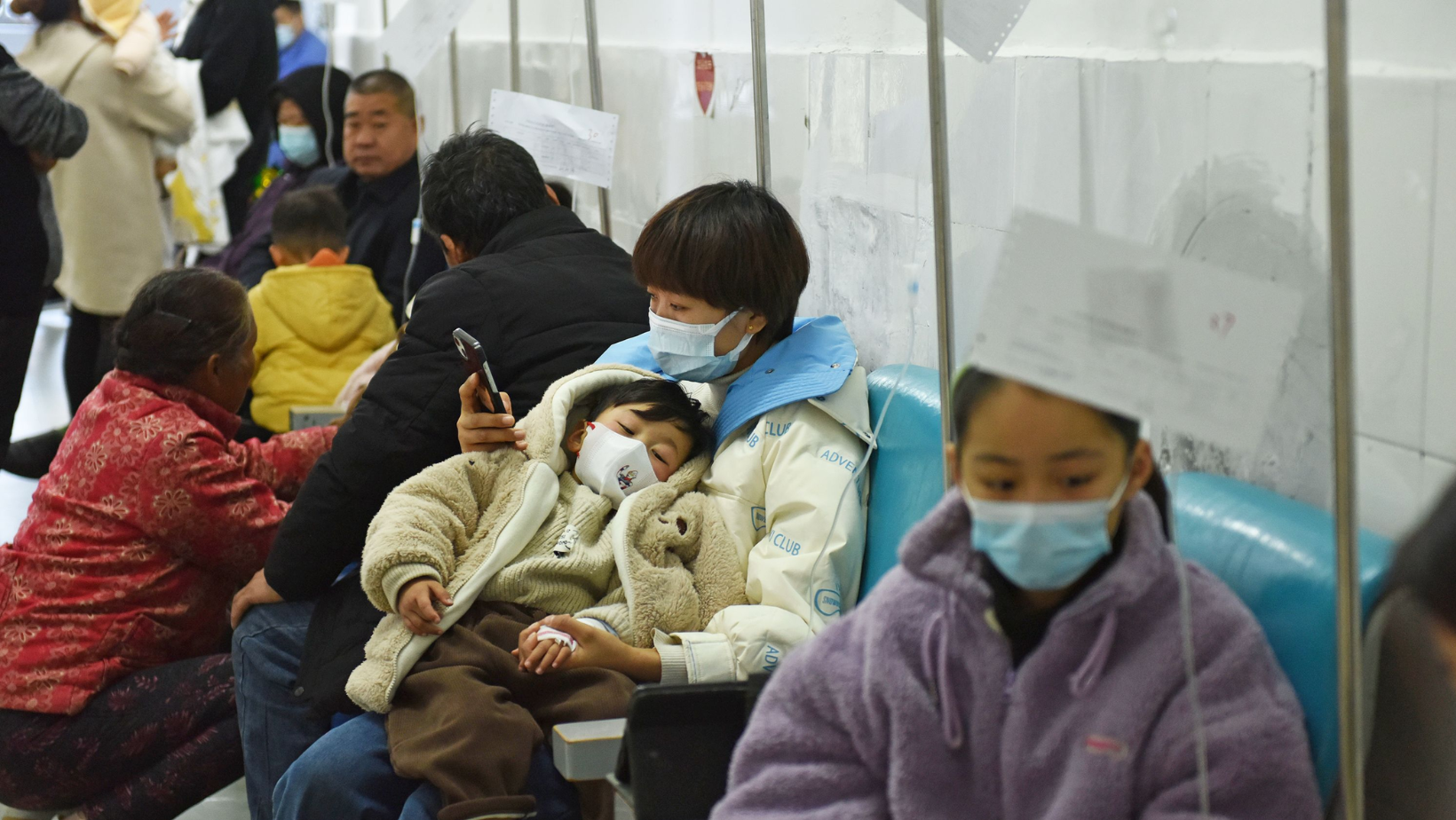Rising Temperatures: Health Department Issues Important Heat Advisory

Table of Contents
Understanding the Dangers of Extreme Heat
Extreme heat poses significant health risks, particularly heat stroke, heat exhaustion, and heat cramps. These conditions can range from uncomfortable to life-threatening, especially for vulnerable populations. Recognizing the symptoms is the first step in protecting yourself and others.
-
Heat Stroke: This is a life-threatening condition characterized by a high body temperature (above 103°F or 39.4°C), altered mental state (confusion, seizures), and potential loss of consciousness. Immediate medical attention is crucial if you suspect heat stroke. Delaying treatment can have fatal consequences.
-
Heat Exhaustion: Symptoms include heavy sweating, weakness, dizziness, headache, nausea, vomiting, and muscle cramps. While less severe than heat stroke, heat exhaustion still requires prompt attention. Resting in a cool place, hydrating, and loosening clothing are necessary first steps.
-
Heat Cramps: These painful muscle spasms are often caused by dehydration and electrolyte imbalance due to excessive sweating. They can be a precursor to more serious heat-related illnesses. Rest, hydration with electrolyte-rich drinks (like sports drinks), and light stretching can provide relief.
-
Vulnerable Populations: Infants, the elderly, individuals with chronic illnesses (heart disease, respiratory conditions, diabetes), and those who are obese are particularly vulnerable to the effects of extreme heat. Their bodies may not regulate temperature as effectively, increasing their risk.
Staying Safe During a Heat Advisory
Staying safe during a heat advisory requires proactive measures to protect yourself from the extreme heat. Simple steps can drastically reduce your risk of heat-related illness.
-
Hydration is Key: Drink plenty of water throughout the day, even before you feel thirsty. Dehydration is a major contributor to heat-related illnesses. Avoid sugary drinks and excessive alcohol, as they can dehydrate you further.
-
Limit Outdoor Activities: Reduce strenuous outdoor activities during the hottest parts of the day (typically between 10 a.m. and 4 p.m.). If you must go outside, take frequent breaks in the shade.
-
Seek Shade and Cool Places: Find shade whenever possible. Trees, awnings, and buildings can offer significant relief from the sun's intense heat.
-
Air Conditioning is Your Friend: Utilize air conditioning whenever available. If you don't have air conditioning at home, consider spending time in air-conditioned public spaces like libraries or shopping malls.
-
Dress Appropriately: Wear lightweight, light-colored, and loose-fitting clothing to allow for better air circulation and reduce heat absorption.
-
Check on Others: Regularly check on vulnerable neighbors, family members, and friends, especially the elderly and those living alone.
-
Utilize Cooling Centers: Many communities offer cooling centers during heat waves. Contact your local government or health department to locate the nearest cooling center to you.
-
Sun Protection: Apply sunscreen with a high SPF (30 or higher), wear a hat, and sunglasses to protect yourself from the sun's harmful UV rays.
Recognizing and Responding to Heat-Related Illnesses
Knowing how to recognize and respond to heat-related illnesses can be life-saving. Early intervention is crucial for preventing serious complications.
-
Heat Exhaustion Treatment: If you or someone you know experiences symptoms of heat exhaustion, move to a cool place, drink fluids (water or electrolyte drinks), loosen clothing, and rest. If symptoms worsen or don't improve, seek medical attention.
-
Heat Stroke Response: Heat stroke is a medical emergency. Call emergency services (911 or your local equivalent) immediately. While waiting for help, move the person to a cool place, remove excess clothing, and try to cool them down with cool cloths or a fan. Do not give them anything to drink.
Resources and Further Information
Staying informed is crucial during a heat advisory. Here are some resources for updated information and assistance:
- [Link to Local Health Department Website]: For the latest heat advisory updates, safety tips, and cooling center locations.
- [Link to National Weather Service Website]: For up-to-date weather forecasts and heat warnings.
- Emergency Services: [Your Local Emergency Number]
Conclusion:
The rising temperatures and this urgent heat advisory demand immediate attention. By understanding the dangers of extreme heat, following the provided safety tips, and knowing how to respond to heat-related illnesses, you can significantly reduce your risk and protect yourself and your community. Remember to check on vulnerable individuals and utilize the available resources. Stay safe and heed the warnings issued by the Health Department during this period of rising temperatures. Don't hesitate; take precautions and stay informed on the latest updates regarding this important heat advisory.

Featured Posts
-
 School Stabbing Victim Laid To Rest At Funeral Service
May 13, 2025
School Stabbing Victim Laid To Rest At Funeral Service
May 13, 2025 -
 Mc Kellen Condemns Closeting For Young Actors
May 13, 2025
Mc Kellen Condemns Closeting For Young Actors
May 13, 2025 -
 Reviewing The Action And Adventure In Lara Croft The Cradle Of Life
May 13, 2025
Reviewing The Action And Adventure In Lara Croft The Cradle Of Life
May 13, 2025 -
 Two Years Three Car Crashes Townhouse Collision Spree Cnn Video
May 13, 2025
Two Years Three Car Crashes Townhouse Collision Spree Cnn Video
May 13, 2025 -
 Brazils Ev Market Shift Byds Global Expansion And Fords Retreat
May 13, 2025
Brazils Ev Market Shift Byds Global Expansion And Fords Retreat
May 13, 2025
